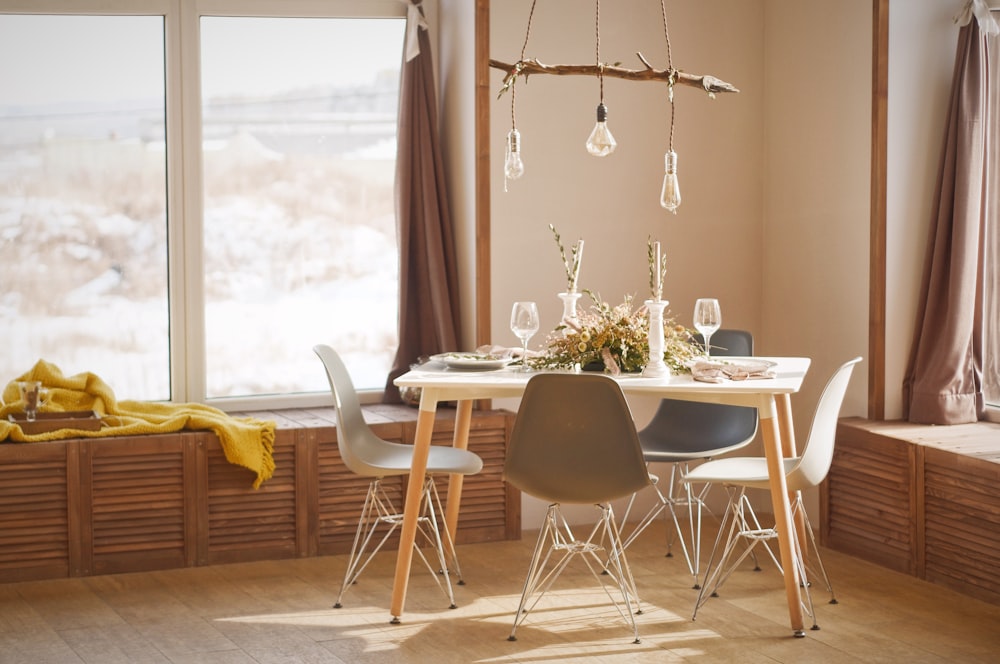
Finding Your Flow Balancing Life’s Demands
Understanding the Concept of Flow
We’ve all experienced those moments of effortless productivity, where time seems to melt away and we’re completely absorbed in a task. This is often described as “flow,” a state of deep immersion and focus where we operate at our peak performance. It’s not about mindless activity; rather, it’s a conscious engagement characterized by a balance between challenge and skill. When the challenge perfectly matches our abilities, we enter this optimal state. Understanding flow is the first step to harnessing its power in our daily lives.
Identifying Your Flow Activities
What activities make you lose track of time? What tasks leave you feeling energized and fulfilled, rather than drained and frustrated? These are likely your flow activities. They might be work-related – perhaps coding, writing, designing – or they might be hobbies, like painting, playing music, or gardening. Take some time to reflect on your experiences. Keep a journal to record when you feel most engaged and what triggered that feeling. This self-awareness is crucial for deliberately incorporating more flow into your life.
Balancing Work and Personal Life
Many struggle to find flow because their lives feel overwhelming. The demands of work, family, and social obligations often leave little room for activities that truly energize us. Finding a balance is key. This might involve setting realistic boundaries at work, learning to delegate tasks, or prioritizing personal time. Consider techniques like time blocking to schedule specific times for focused work and dedicated relaxation, ensuring both aspects of your life receive the attention they deserve. Remember that neglecting one area will likely negatively impact the other.
Minimizing Distractions and Optimizing Your Environment
Distractions are the enemy of flow. Our modern lives are filled with notifications, interruptions, and competing demands for our attention. To cultivate a flow state, minimize these distractions. Turn off your phone notifications, close unnecessary tabs on your computer, and find a quiet workspace where you can focus without interruption. Consider using noise-canceling headphones or ambient soundscapes to create an environment conducive to deep concentration. A well-organized and comfortable workspace can also significantly contribute to your ability to enter a flow state.
Setting Achievable Goals and Breaking Down Tasks
Feeling overwhelmed can prevent us from entering flow. Large, daunting tasks can seem insurmountable, leading to procrastination and frustration. The solution is to break down large projects into smaller, more manageable steps. This makes the overall goal less intimidating and provides a sense of accomplishment as you complete each step. Setting clear, achievable goals also helps you stay focused and motivated, preventing you from getting bogged down in details or feeling discouraged by lack of progress. This strategic approach fosters a sense of control and promotes flow.
Cultivating Mindfulness and Self-Compassion
Flow isn’t always easy to achieve. There will be days when distractions are unavoidable, or when you struggle to find your focus. Practice self-compassion when this happens. Don’t beat yourself up if you don’t achieve a flow state every day. Instead, focus on the progress you’ve















